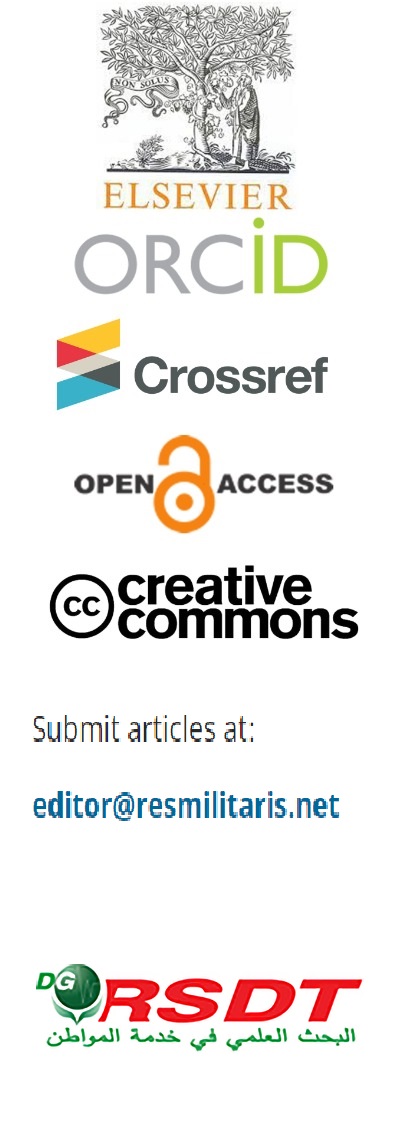
-
FOOD SECURITY AS A COMPONENT PART OF NATIONAL SECURITY: THE IMPACT OF THE RUSSIAN-UKRAINIAN CONFLICT
Volume -14 | Issue -5
-
The Contribution Ratio of Some Physical Abilities in the Performance of Certain Skills with the Apparatus Among Female Students in Rhythmic Gymnastics
Volume -14 | Issue -5
-
Self-Efficacy and Its Relationship to the Level of Ambition Among Track and Field Athletes Under 20 Years
Volume -14 | Issue -5
-
Culture of the Mexican Army1
Volume -14 | Issue -5
-
The Impact of Educational Media (Visual - Mixed) on Self-Learning of Certain Table Tennis Skills for Students
Volume -14 | Issue -5
Analyzing the Cultural Elements in EFL Textbooks: Categories and Ways of Representation
Main Article Content
Abstract
It has long been assumed that language and culture are interrelated: language echoes cultural values, norms of behaviour, attitudes and many other features of a particular sociocultural community. An important aspect of learning/ teaching a language is learning/ teaching its culture. The main goal of current foreign language education is to develop students into interculturally competent citizens and make them aware of various differences which lie between their native culture and the target one. As textbooks incorporate the cultural information, special attention should be paid to their cultural content. Cultural content can be reflected through textual material, exercises, illustrations which should aim at fostering knowledge of essential elements of foreign language (FL) culture and bring to their comparison with the essential elements of the native culture. This article compares the cultural contents of four English as a foreign language (EFL) textbooks which are employed in the language programs of Kazakhstani higher school in terms of their inclusion of various categories of cultural elements and the ways of representing such elements. The purpose of the study is to identify in what way the EFL textbooks incorporate cultural elements and how the latter are represented in them which might influence, to a greater extent, language students’ understanding of the studied culture. Content analysis methodology has been used to determine qualitative data. The obtained data suggest that in all the four EFL textbooks elements describing material (surface) culture prevail, leaving aside elements pertaining to the ‘axiological’ (deep) culture which deals with values, norms, and attitudes. It was also found that ‘a display’ constitutes the most loaded category of representing cultural elements in the EFL textbooks which can be explained by the fact that this type of representation makes the target language (TL) cultural elements more concrete and comprehensible.

